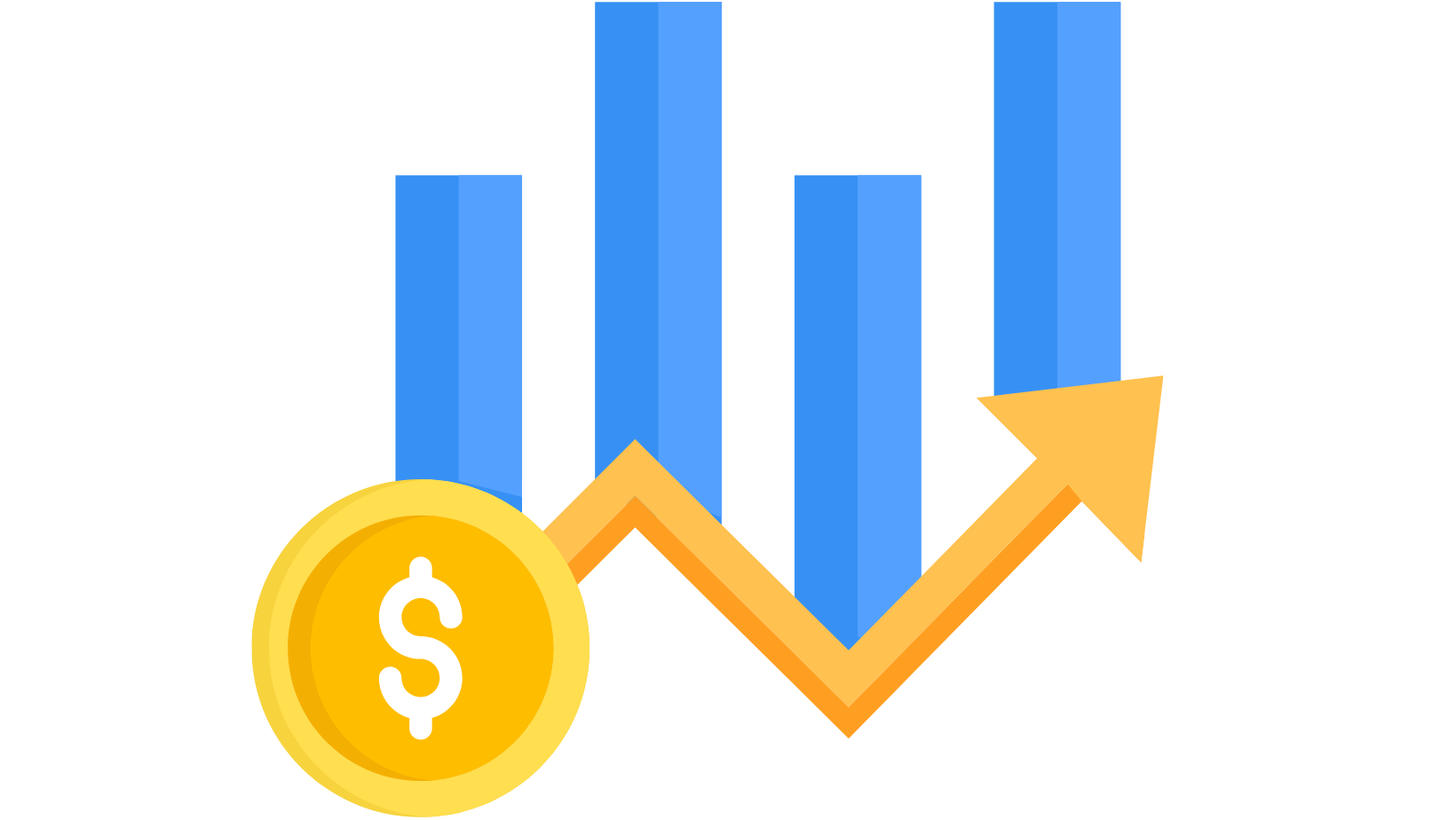
As an industry-leading financial resource for community health centers across the country, we often get asked, “How much revenue should my FQHC be collecting?” Questions like this reinforce the complexity that is health center budgeting. That is why we work with CHCs to forecast revenue – so they know what to expect!
But how do we do this? By creating a methodology that looks at the average reimbursement per paid claim, then looks at that figure compared to the number of qualified encounters that a particular health center has had historically. In many cases, the past can be a pretty good indicator of the future.
This methodology is the cornerstone of financial stability and strategic growth, empowering FQHC leaders to make informed choices aligned with their institution's financial objectives. Let’s dive into the critical components of creating a revenue forecasting methodology, the pivotal role of data analytics, the significance of leadership involvement, and how revenue projections steer operational decisions within FQHCs.
The Blueprint: Building a Revenue Forecasting Model
At the heart of effective revenue forecasting lies a well-defined methodology. This process begins with meticulous data collection – a course of action that necessitates capturing a rich dataset encompassing patient volume, payer mix, services rendered, historical financial records, and external factors such as shifts in healthcare regulations. Armed with this comprehensive data, you can take the analysis phase to center stage. Utilizing advanced data analytics tools, like those available through Synergy Billing, FQHCs can crunch the numbers, identifying trends, patterns, and correlations that might not be visible to the naked eye.
However, data analytics is only as effective as its interpretation. The interpretation of these insights is the crucial bridge between data and decisions. By understanding how past performance relates to future projections, FQHC leaders can confidently make decisions regarding resource allocation, expansion initiatives, community outreach programs, and other next-step opportunities for growth. Our financial model doesn't merely provide numbers; it offers a roadmap that guides FQHCs through the intricate landscape of healthcare budgeting.
Understanding the Power of Historical Data: Average Reimbursement per Paid Claim Methodology
One of the fundamental principles of effective revenue forecasting for FQHCs is the ability to glean insights from historical data. One such approach that holds considerable merit is the utilization of an average reimbursement per paid claim methodology. This technique is centered around the concept of leveraging the historical average reimbursement that the FQHC has received for each paid claim. By combining this data with the number of qualified encounters that the FQHC has experienced in the past, a powerful predictive model can be constructed.
In this model, each qualified encounter corresponds to a potential paid claim, and the average reimbursement per paid claim becomes a crucial parameter. This average is derived from previous revenue the FQHC has received for services rendered. By combining this average reimbursement with the expected number of qualified encounters in a given period, FQHCs can project their potential revenue. This model inherently takes into account the specific dynamics of the FQHC's patient population, the range of services provided, and the reimbursement rates negotiated with payers.
However, it's important to note that this approach isn't a one-size-fits-all solution. It thrives on the accuracy and granularity of the historical data and the average reimbursement calculation. This means that regular updates to these figures are necessary to ensure the forecast's reliability. Additionally, external factors such as changes in payer policies or shifts in patient demographics should be considered as potential influencers on the average reimbursement.
By looking at the average reimbursement per paid claim, FQHCs can ground their revenue projections in concrete historical trends. This approach bridges the gap between past performance and future expectations, offering a tangible and data-driven foundation for decision-making. As FQHC leaders look ahead to serve their communities effectively, this methodology provides an additional layer of insight into the financial trajectory that lies ahead.
Connecting the Dots: The Operational Influence of Revenue Forecasts
The influence of revenue forecasts extends beyond strategic decisions; it directly shapes the everyday operations within FQHCs. Consider the impact on staffing levels. By accurately predicting patient volume and the corresponding workload, FQHCs can optimize their staffing resources, ensuring that healthcare professionals are deployed in accordance with demand.
Resource allocation is another area profoundly influenced by revenue projections. From medical supplies to facility maintenance, a clear understanding of projected revenue empowers FQHCs to allocate resources judiciously, thereby preventing waste and maximizing efficiency. This, in turn, ensures that FQHCs can deliver exceptional care while maintaining their financial viability.
Leaders who are well-versed in revenue projections can confidently address crucial questions. Should the FQHC invest in new services? Is it time to expand to a new location? When leaders are armed with insights from a robust revenue forecasting financial model, they can answer these pivotal questions with a clear understanding of the financial implications.
From Forecast to Financial Fruition
A comprehensive revenue forecasting methodology, built on data-driven decisions, serves as the bedrock of financial stability and strategic planning. By embracing the power of data analytics and the experience of the past, FQHCs can elevate the precision of their revenue projections, enabling leadership to make informed choices that shape the organization's future. As FQHCs continue to be cornerstones of community well-being, a robust revenue forecasting methodology stands as their guiding light, illuminating the path to a financially healthy future. Unlock your health center’s financial potential with a complimentary analysis from Synergy Billing – no strings attached. Request our help today!
.png)
Analyzing Gross Collection Rate Trends: FQHC Financial Health
Analyzing Gross Collection Rate Trends: Key Indicators for FQHC Financial Health One critical metric that FQHC executives should closely monitor is...
.png)
Telehealth Triumph: Strategies for FQHCs to Optimize Revenue Streams
As an FQHC leader, you likely know that adapting to the evolving healthcare landscape is so important, and making sure your FQHC is capturing all...


.png)